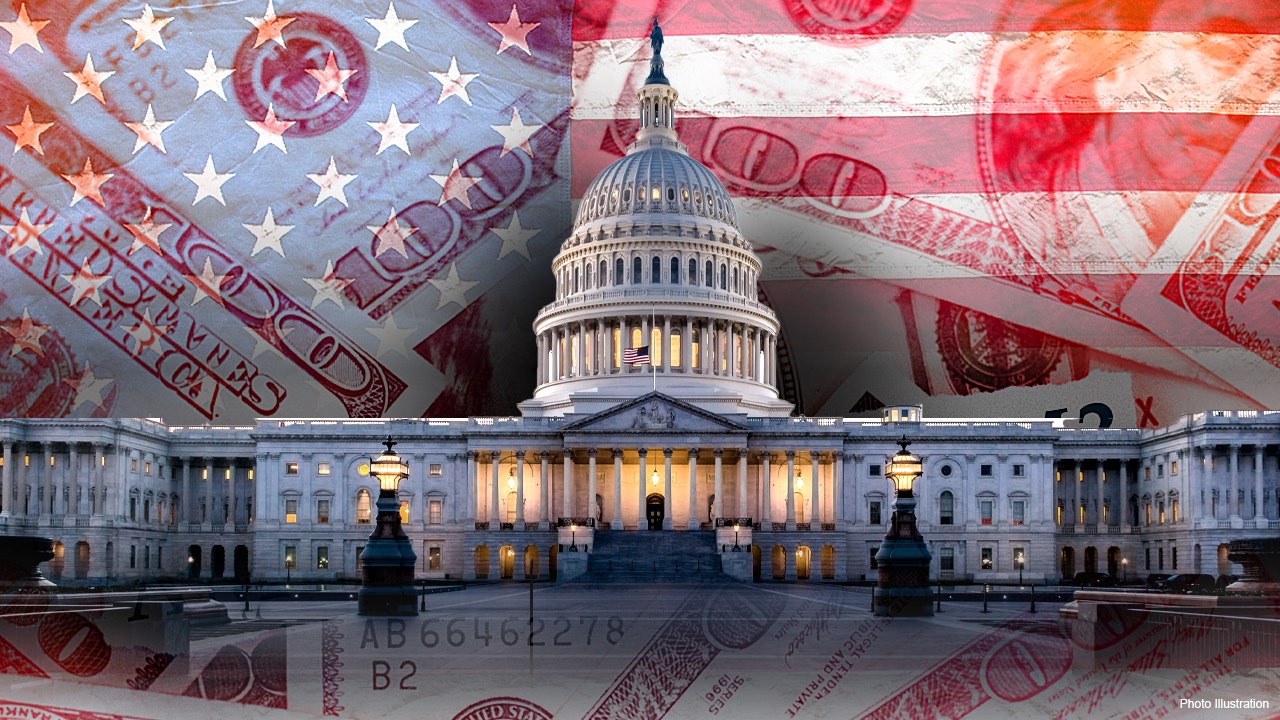Jobs
July Jobs Data Is Weak but Not Bleak
/cloudfront-us-east-1.images.arcpublishing.com/morningstar/HBAEAVIJHFEBTPMEK2UMVQ3NFQ.png)
Hiring slowed significantly in the United States in July, raising expectations that the Federal Reserve will act more aggressively to lower interest rates this year to support the economy, now that inflation pressures have eased.
While economists say the report painted the clearest picture yet of a cooling economy, the extent of the job growth slowdown it showed may have been exaggerated. “Markets are probably overreacting to today’s jobs data,” says Preston Caldwell, chief US economist at Morningstar. “But make no mistake, it is bearish news” for the economy.
The US economy added 114,000 jobs in July, according to the latest report from the Bureau of Labor Statistics. That was well below the increase of 175,000 economists had predicted for the month. The report also revised down previous estimates for new job creation in June and May.
In addition, the unemployment rate rose to 4.3% from 4.1% in June. Economists had forecast the rate would remain steady at 4.1%. “The jump in unemployment is signaling an alarm that the US could enter a recession,” Caldwell says. “Other data conflicts with this, but job growth is slowing by any measure.”
In the wake of the report, traders in the bond futures market rapidly shifted expectations for the Fed’s September policy-making meeting. Going into Friday’s release, traders had considered a quarter-point interest rate cut a near certainty. However, the bond market now suggests the central bank will lower its target rate range more aggressively, cutting it by half a percentage point from the current range of 5.25%-5.50%.
July Jobs Report Key Stats
- Total nonfarm payrolls climbed by 114,000 versus a downward-revised 179,000 in June.
- The unemployment rate climbed to 4.3% from 4.1% in June.
- Average hourly wages rose by 0.2% to $35.07 after rising 0.3% in June.
Does the Unemployment Rate Rise Signal a Recession?
The jump in the unemployment rate drew particular attention, having broken out of a long-held range of roughly 3.7%-3.9%, coming in at 4.3%. This is a flag for the “Sahm Rule,” which observes that the US economy has always fallen into a recession after the three-month moving average of the unemployment rate has risen more than half a percentage point within a 12-month period. With the latest report, the unemployment rate has averaged 4.1% in the past three months, up 0.5 percentage points from August 2023.
“The Sahm Rule has never failed, but given the small sample size of US recessions, this is far less impressive than it might seem,” explains Caldwell. “There are orders of magnitude more data points (and ways to slice and dice the data) than there are recessions in the historical data, so it’s not surprising that something like the Sahm Rule has a perfect track record. Many such rules would be expected to exist just by random chance.”
However, he thinks there is an important aspect of the rule for investors to consider: “Once the unemployment rate gets moving upward, it’s very likely to continue rising. Rising unemployment is part of a vicious process of economic contraction. People being unemployed leads to less spending, which causes firms to cut back and unemployment to increase more.”
Caveats to the Weak Jobs Picture
At the same time, Caldwell offers some qualifiers around the perception of the jobs report, particularly the continuing difference in what its two main portions depict. The unemployment rate comes from a survey of households, while payrolls are derived from a survey of businesses.
“The household survey reports total employment being down 0.1% year over year. This conflicts sharply with the establishment survey’s nonfarm payroll employment, which is up 1.6% year over year,” he notes. “The idea that employment has shown zero increase over the past year also conflicts with every other piece of economic data we have.”
Not only that, but “labor markets typically slow down only after economic activity slows, but GDP growth has remained strong,” so “the timing also doesn’t make sense. Not to mention, survey response rates for the household survey have dwindled in recent years. All of this suggests that we should take the reported jump in unemployment quite seriously, but not panic.”
Some economists had anticipated that Hurricane Beryl could dampen the hiring numbers, but the BLS said this was not the case.
How Much Will the Fed Cut Rates?
On the payroll side, the BLS reported continued increases in hiring in healthcare, transportation and warehousing, and construction. Information employment declined.
“Nonfarm payroll employment data itself has shown a bit more reason for worry recently,” Caldwell says. “It’s decreased to a 1.3% annualized growth rate in the past three months, down from 2.1% as of March 2024. But 1.3% is still a solid growth rate.”
Bond and stock markets reacted strongly to the report, with equities sliding and bonds staging a strong rally. The yield on the US Treasury 10-year note has fallen to 3.83% from roughly 4.15% on Tuesday. “That’s an astonishingly large move.”
Not only is the market now expecting a more aggressive rate cut in September, but the Fed is also seen continuing to cut rates in November and December, taking the funds rate down to a target range of 4.00%-4.25% by the end of the year—a full 1.25 percentage points lower.
“Confirmatory data from other indicators that the economy is weakening could lead to a 50-basis point cut,” Caldwell says. However, “we disagree with a 50-basis points cut being the base case for September for now, as is being priced into markets. Nonetheless, it’s time for the Fed to cut the federal-funds rate … The data quality issues make our picture of the economy somewhat murky, but there’s enough risk to call for substantially cutting rates now. Rate cuts in each of the final three meetings this year, beginning in September, is the base case if the unemployment rate does not fall back.”









